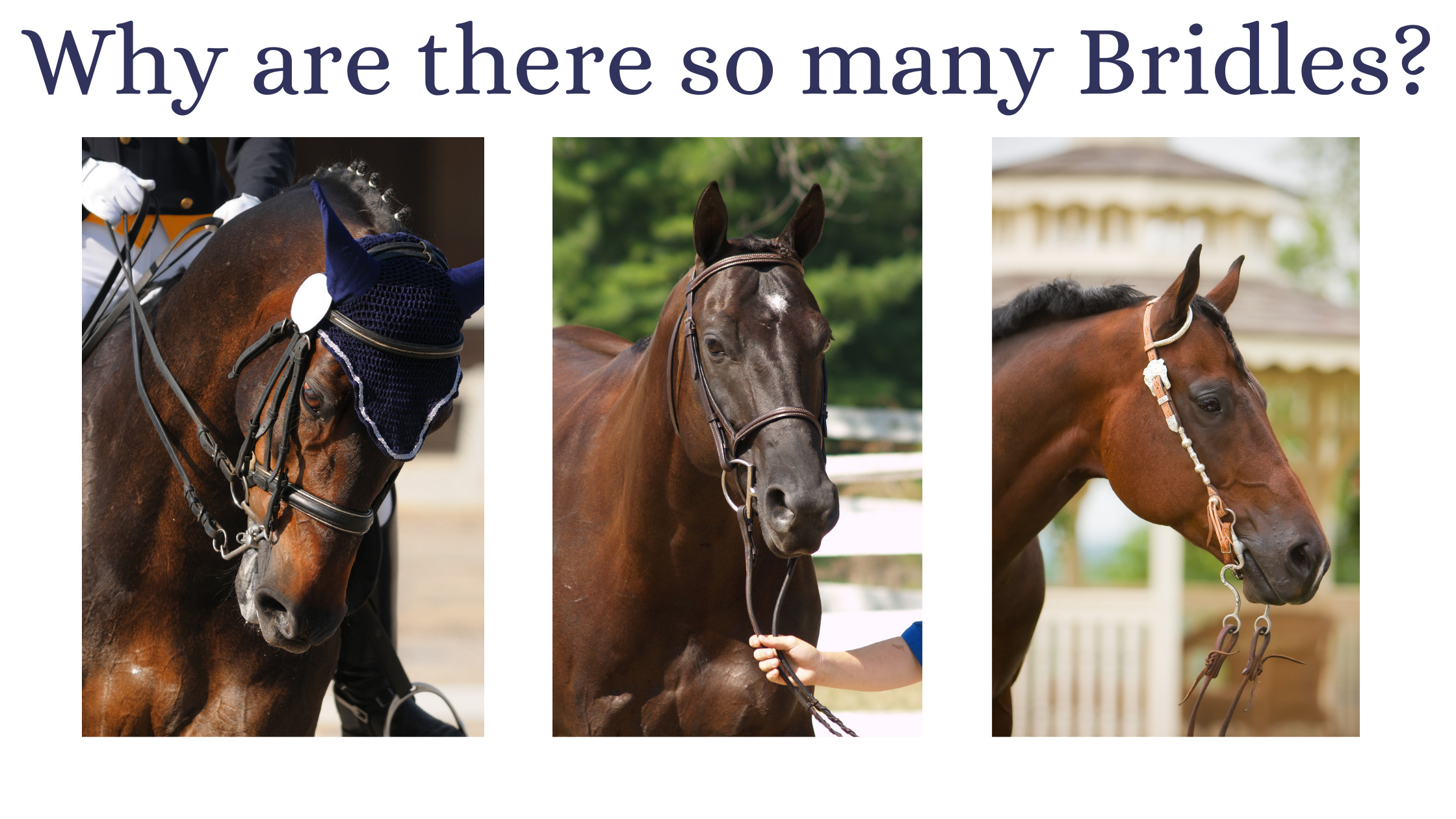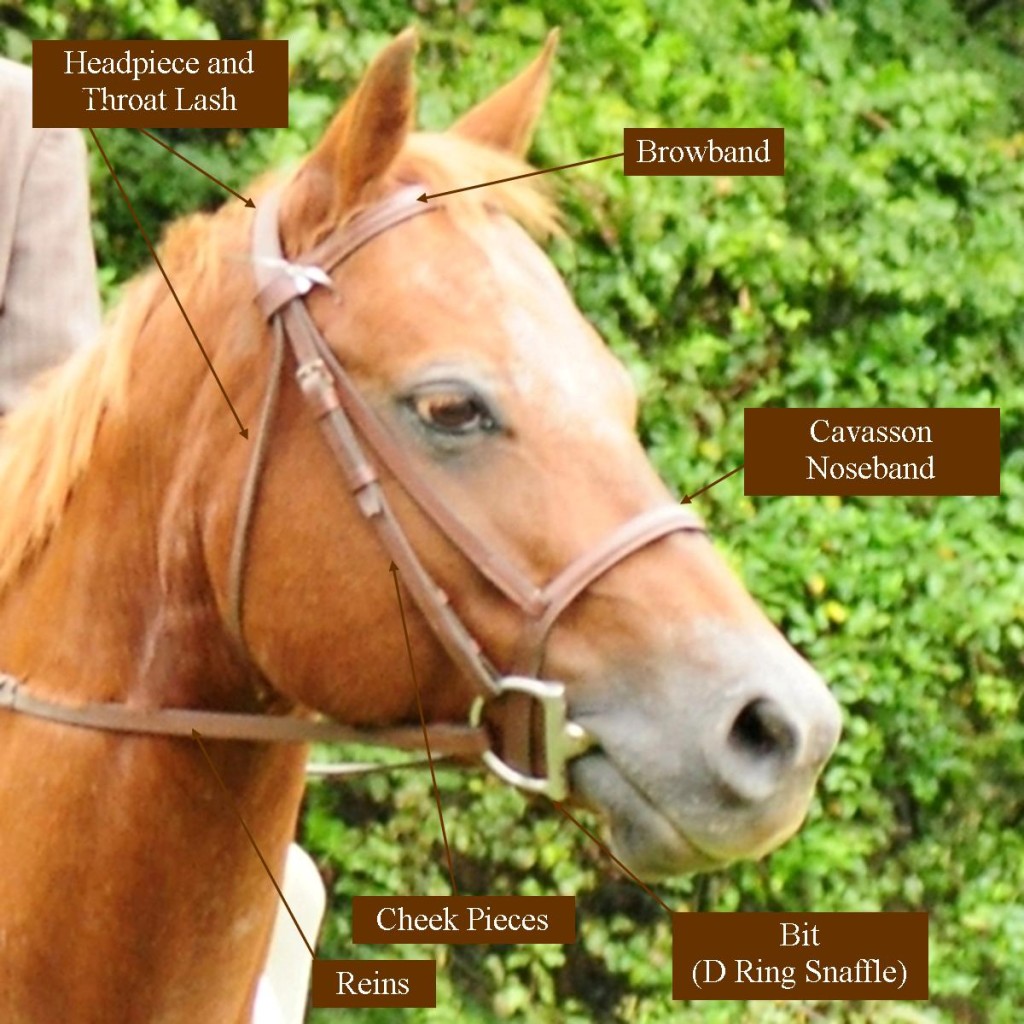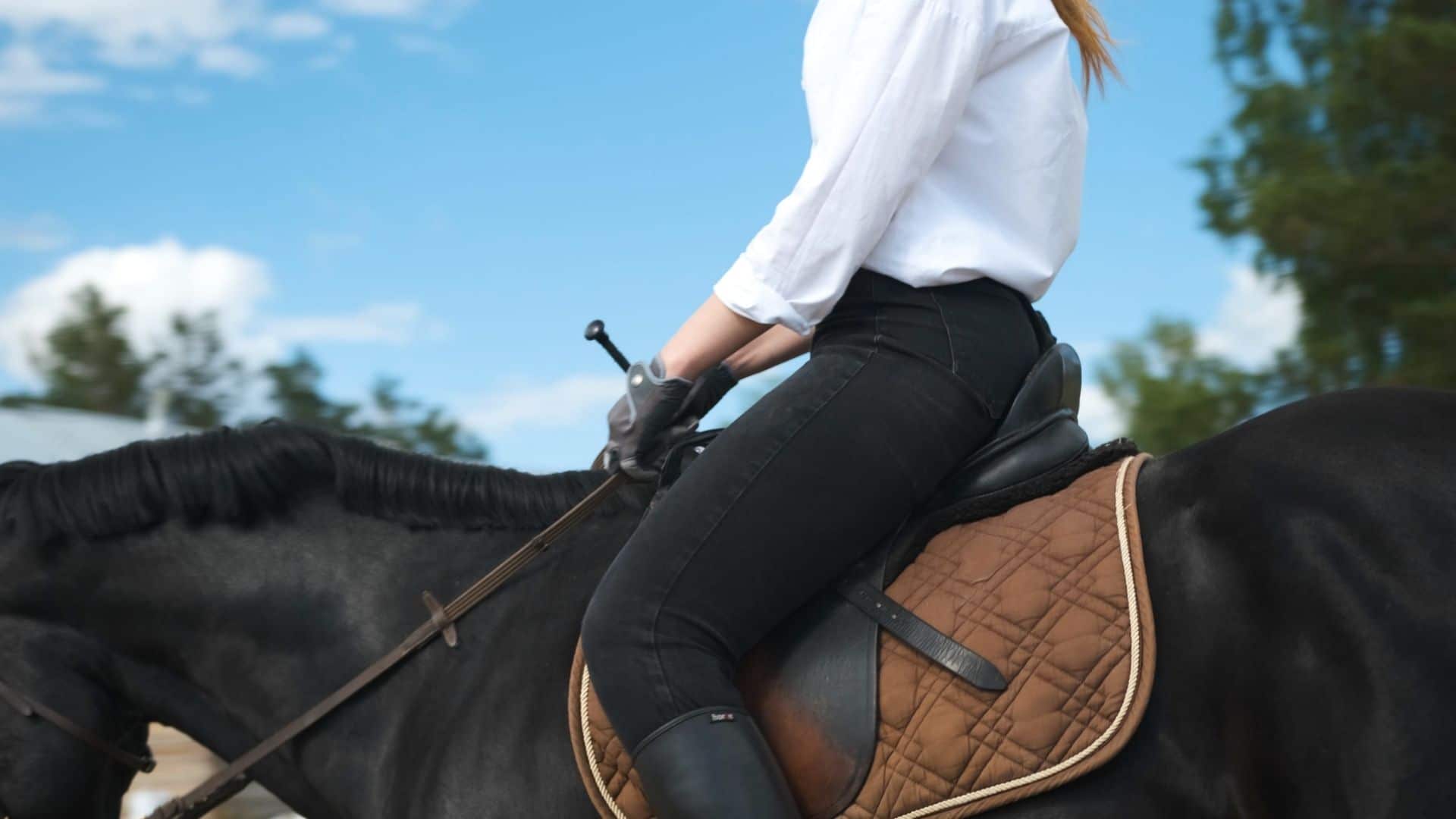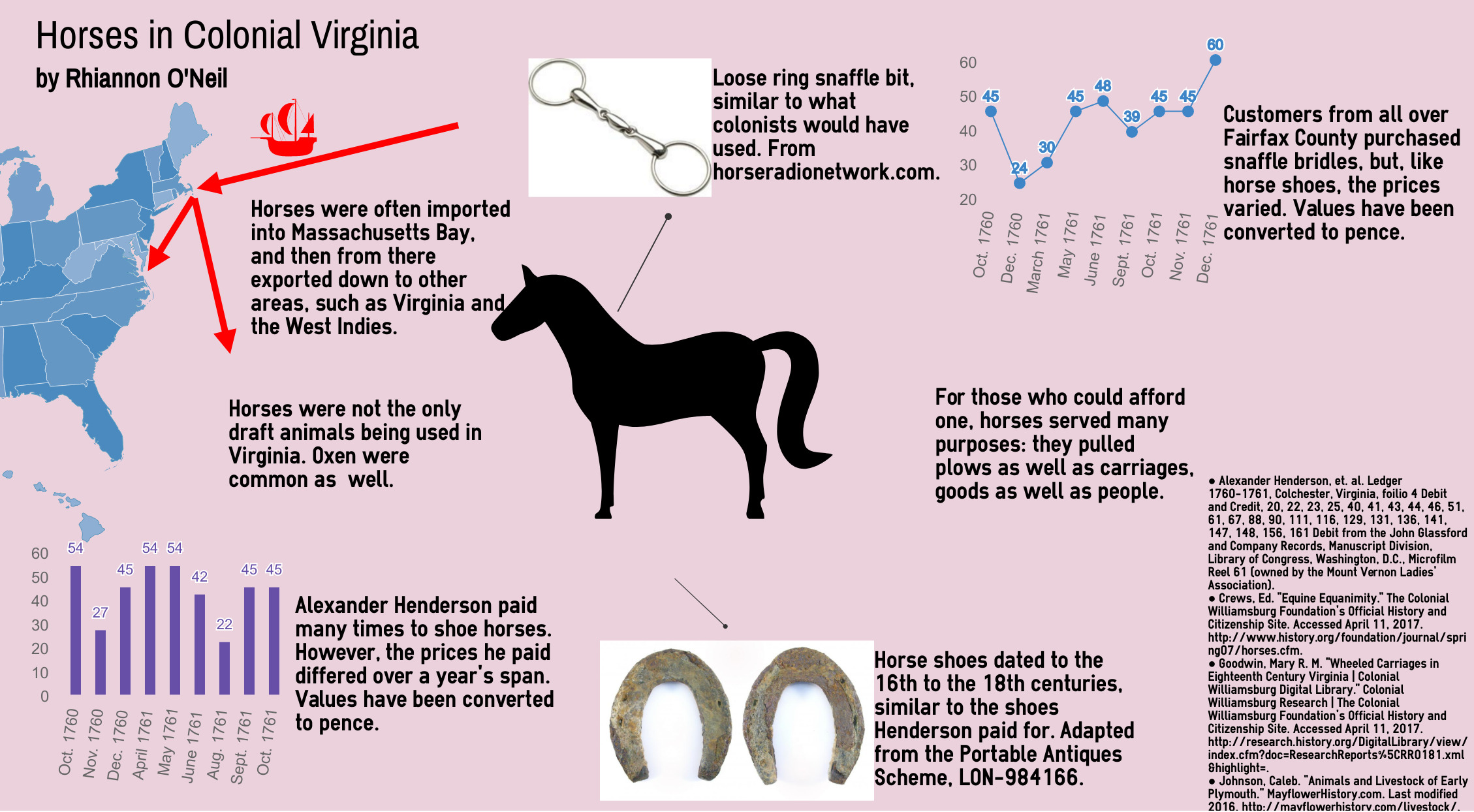Horses are magnificent creatures that have been domesticated and utilized by humans for centuries. Whether for work, sport, or leisure, horses have played a significant role in various aspects of human life. When it comes to horses, their attire is an essential aspect of their care and well-being, as well as a reflection of their use and the culture surrounding them. In this article, we will explore the various types of attire that horses wear, from functional gear to decorative accessories, and delve into the significance of each item in the equine world.
Traditional Horse Attire

Halter and Lead Rope
One of the most basic and essential pieces of attire for a horse is the halter and lead rope. The halter is a headcollar that allows handlers to control and lead the horse, while the lead rope is attached to the halter and provides a means of guiding the horse. These items are crucial for handling and moving horses safely and are often the first things a horse wears when being led or groomed.
Saddle and Bridle
For horses used for riding, the saddle and bridle are fundamental pieces of equipment. The saddle provides a secure and comfortable seat for the rider, while the bridle includes the bit, reins, and headstall, enabling the rider to communicate with the horse and guide its movements. Different riding disciplines and cultural traditions have led to a variety of saddle and bridle designs, each with its unique features and purposes.
Leg Wraps and Boots
To protect the horse’s legs during physical activities, leg wraps and boots are commonly used. These items provide support, cushioning, and protection against injury, particularly during strenuous exercise or when navigating challenging terrain. There are various types of leg wraps and boots available, each designed to address specific needs and conditions, such as tendon support, impact absorption, or protection from external elements.
Functional Attire for Specific Uses

Blankets and Sheets
In colder climates, or when horses are kept outdoors, blankets and sheets are used to provide warmth and protection from the elements. These coverings come in various weights and designs, allowing horse owners to cater to their animals’ specific needs based on the weather conditions and the horses’ individual tolerance to cold.
Fly Masks and Fly Sheets
During the warmer months, horses are susceptible to insect bites and sunburn. Fly masks and fly sheets are designed to shield the horse’s face and body from flies, mosquitoes, and other pests, as well as to provide UV protection. These items help to keep horses comfortable and minimize the risk of skin irritations and infections caused by insect bites.
Trailering Equipment
When transporting horses in trailers, specialized equipment is used to ensure their safety and comfort during transit. This includes items such as shipping boots, which protect the horse’s legs from injury, as well as head bumpers and tail wraps to prevent the horse from injuring itself while in transit. Additionally, horses are often fitted with protective headgear, such as a head bumper or poll guard, to minimize the risk of head injuries during transportation.
Decorative and Cultural Attire

Decorative Tack
In various equestrian disciplines, decorative tack is used to enhance the horse’s appearance and showcase cultural or artistic elements. This can include intricately designed bridles, breast collars, and saddle pads adorned with ornate patterns, gemstones, or metalwork. Decorative tack is often used in parades, ceremonies, and exhibitions, adding a touch of elegance and spectacle to the horse’s attire.
Ceremonial Regalia
In some cultural traditions, horses are adorned with ceremonial regalia for special events and rituals. This may include elaborate headdresses, feathered plumes, and colorful embellishments that symbolize the horse’s status and significance within the community. Ceremonial regalia not only honors the horse but also reflects the cultural heritage and traditions of the people who celebrate them.
Costume and Themed Attire
For entertainment and recreational purposes, horses are often dressed in costumes and themed attire for parades, festivals, and themed events. From historical reenactments to fantasy-themed performances, horses and their riders don elaborate costumes that capture the imagination and create a sense of spectacle. These creative expressions of attire add an element of fun and whimsy to the equine world.
Are you curious about horses and their behaviors? Check out our articles on what horses eat, how horses are bred, and how horses run for more insight into the fascinating world of these magnificent creatures!
Conclusion

The attire worn by horses serves a multitude of purposes, from practical functionality to cultural expression. Whether it’s the essential gear required for riding and handling, the protective coverings for weather and insect control, or the decorative and ceremonial attire that celebrates the horse’s beauty and significance, each item of horse attire plays a vital role in the care, comfort, and portrayal of these majestic animals. Understanding the significance of what horses wear not only enriches our appreciation for the equestrian world but also underscores the deep connection between horses and human culture throughout history.



